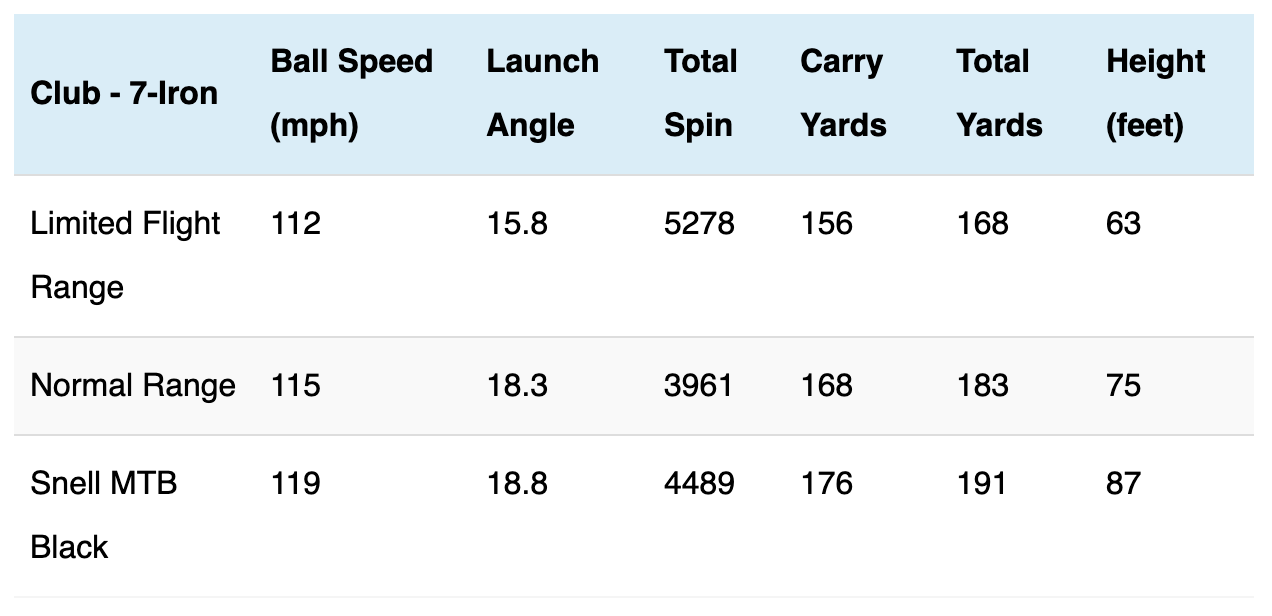If you’ve ever gone to a PGA Tour event or watched some pre-tournament coverage at the range, you may have noticed that each player gets their own specific bag of their preferred make and model of golf balls to practice. That’s a nice perk of Tour life.
For us mere mortals, we shouldn’t expect our practice sessions to have quite the precision that the pros do for a number of reasons, but perhaps the biggest differentiator is the type of golf balls we’re hitting.
With very few exceptions, golf courses and ranges are buying range balls at a low cost and not replacing them very often, which can mean a few things for amateur golfers trying to dial in their games at their local practice facility: you’re not going to be able to gauge accurate club distances and every ball isn’t going to be uniform in its makeup.
Inspired by MyGolfSpy.com’s Ball Test on The Pinnacle Practice ball, we dug a little deeper to give a little more insight into what you can actually glean from a practice session using some run-of-the-mill range balls.
How bad is a RANGE BALL?
The results surprised us!
CHECK THIS OUT: https://t.co/pvZOodVD3J pic.twitter.com/4rd9Ko6E8M
— MyGolfSpy (@MyGolfSpy) February 3, 2021
Studying the results of two other tests — one conducted by Trackman and one conducted by Jon Sherman at Practical Golf — the numbers came out relatively similar.
While Trackman and Practical Golf used humans to perform their studies, the results found that, on average with a 7-iron a range ball flies 5-10% shorter than a premium golf ball most golfers would use on the course.

Other tests found a wide variance between the shortest and longest shots when swing speeds and conditions we manipulated.
Overall, the verdict was clear when it comes to gleaning information from a range session: don’t put too much stock in the distances the balls travel, but take into account the shot shape they are producing. You’re much better off hitting the same golf balls you typically use on the course in a controlled setting to dial in your distances and treating the range as a means to improving your ball striking.
If you do this enough, maybe one day you won’t have to worry about the accuracy or consistency of the construction of your range balls because you’ll be getting a bag of your preferred on-course golf balls to hit from a Tour range attendant.




